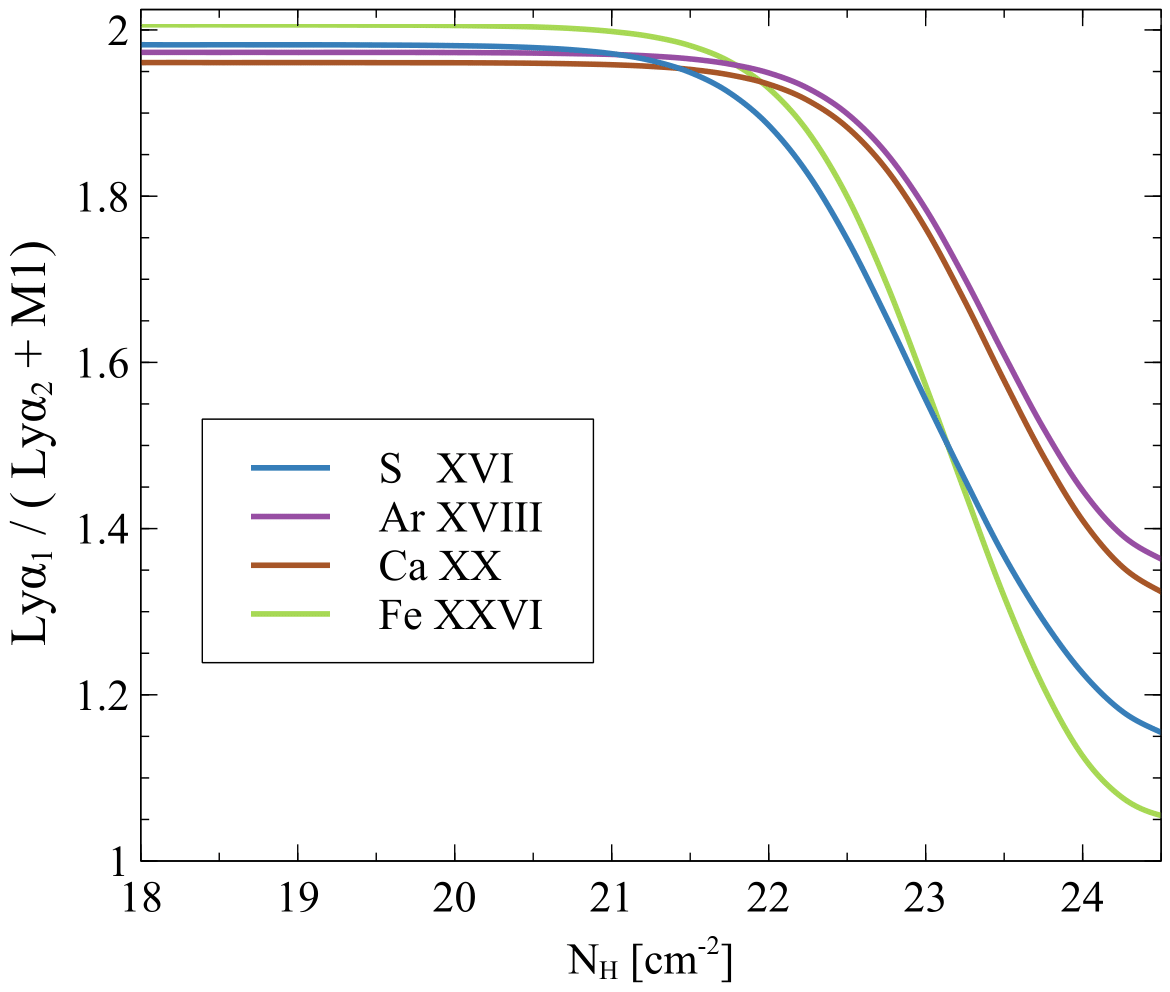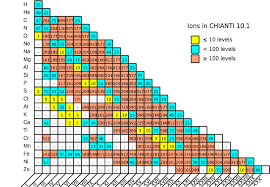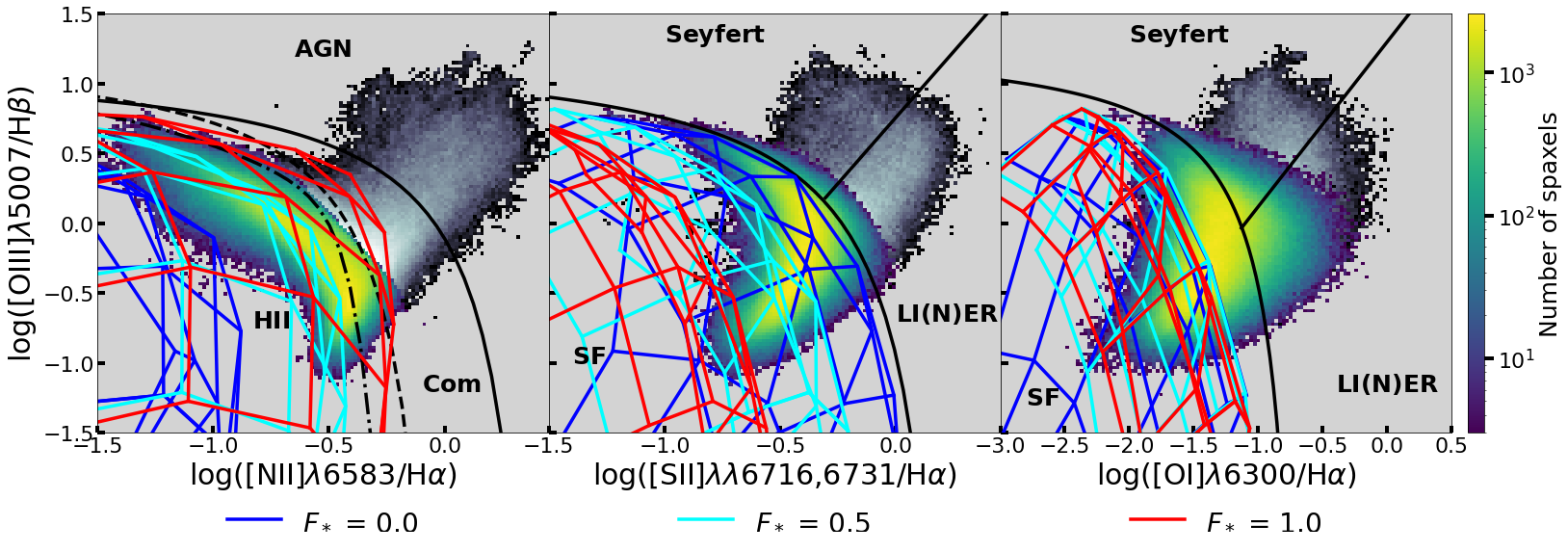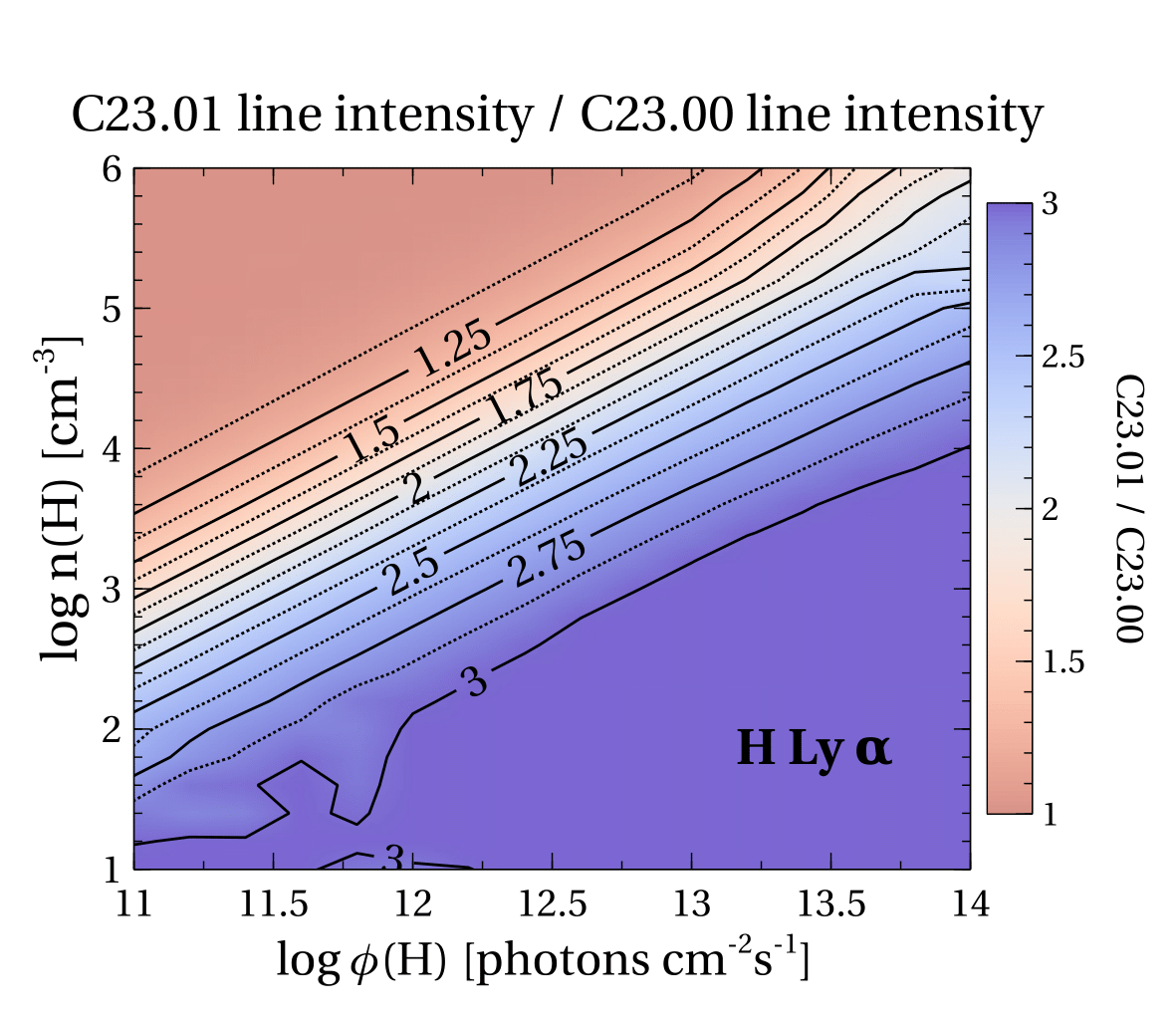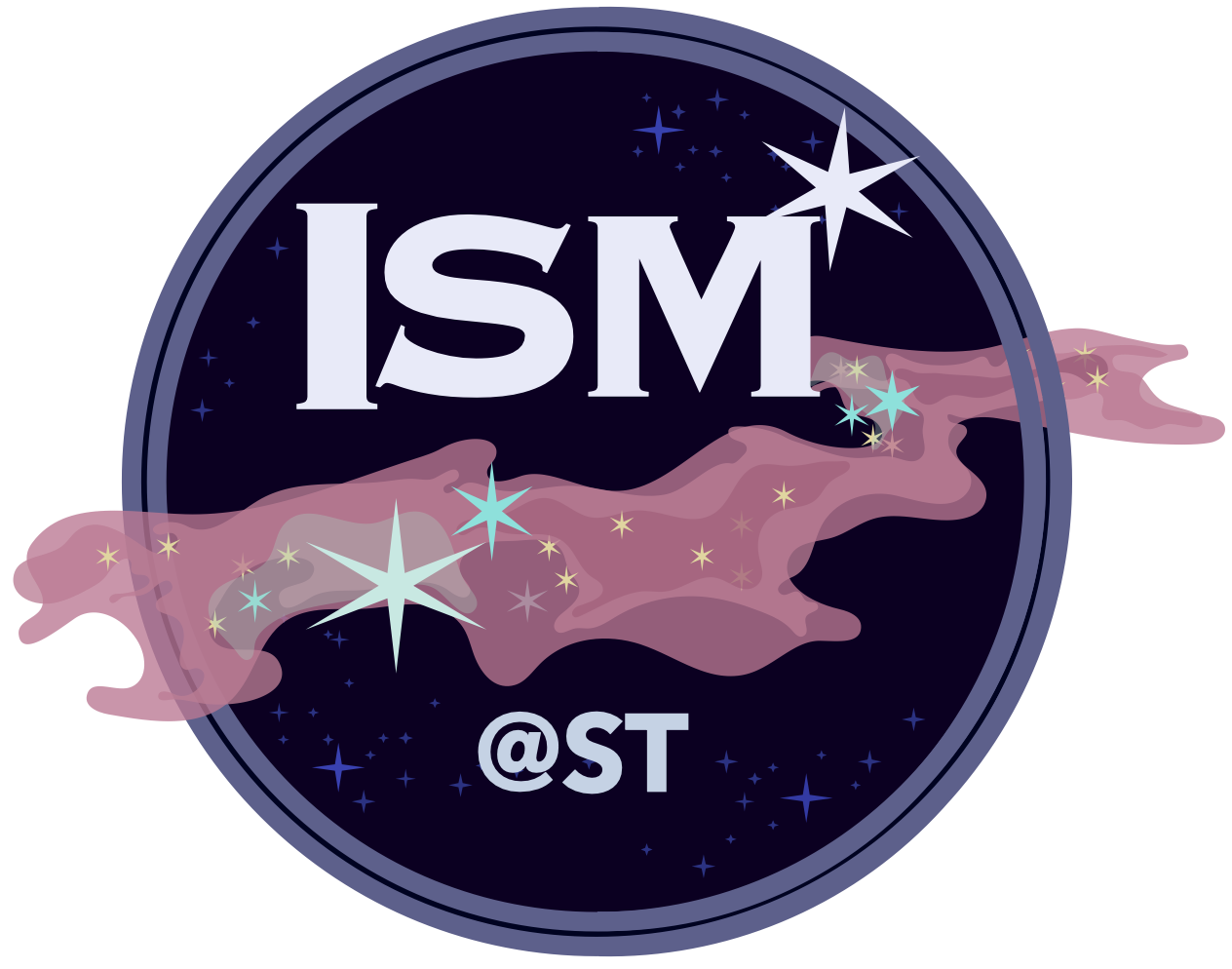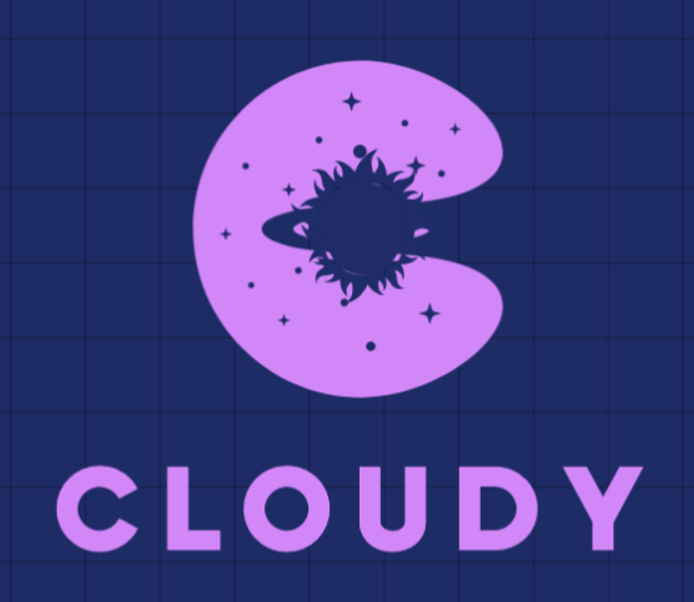``Unveiling the blueprint of the cosmos.''
Dr. Chamani M. Gunasekera
I am an astrophycist, currently working as a postdoctoral researcher at the Space Telescope Science Institute, which I joined in May 2024. I received my PhD from the University of Kentucky in December 2023.
My primary research goal is to understand the underlying physics (from cosmic chemical evolution to details of radiative transfer) of hot gaseous environments from optical to X-ray. I study the chemical evolution, the details of radiative transport, and the microphysical processes in astrophysical gases. I am a collaborator of the CLOUDY, a spectral synthesis software that simulates conditions in gaseous nebulae. I work closely with Gary J. Ferland and Peter van Hoof. My research at STScI focuses on understanding dust extinction in collaboration with Karl D. Gordon and Marjorie Decleir.

